Are you interested to take up a small DIY project of building a wooden boat? Then you have the option to use any of the following types of wood that is available on the market.
The best variety of wood for building a boat will be the following:
- Teak
- Oak
- Mahogany
- Cedar
- Plywood
However, all of these woods have certain pros and cons. Hardwood like teak, oak, or mahogany is preferable for:
- Keels
- Frames
- Thwart
- Deck
While softwood like ash, plywood, cypress, etc. are suitable for:
- Gunwale
- Knees
- Breasthook
- All other small parts.
You can use teak wood plugs to fill any holes present in your wood due to the wrong positioning of nails.
Cutting of woods
Ready-cut plugs are available to buy and do come in a number of woods. However, if you require many of them, they can become pricey, and they might not exactly match the wood originally used.
Additionally, you probably have a lot of leftovers that might be used up, therefore make your own. Select offcuts from the same wood as the plug-making wood wherever possible, and choose pieces with a close, straight grain.
With a certain hand drill as well as a hole-cutter, plugs can be cut. But if you have a drill press and the right plug-cutting tool, you will get a better, cleaner plug. Purchase the cutter and countersink bit as just a matching set for the greatest performance and fit. For the chamfer that fuller cutters cut just on the top end, which helps the plug simpler to enter, they are worth the cost.
Fitting Bungs
It is advisable to walk around all the fastenings one more time to make sure they are snug before you begin plugging. The most important thing to keep in mind as you begin fitting the plugs is to maintain the plugs’ alignment with the wood’s natural grain.
With a light wooden mallet, tap them in place just enough to secure them. Don’t whack it too hard or you risk crushing the plug.
A quality plug should slide into the holes so securely that glue or paint is not required to hold it in place. And so, when they take in moisture and swell, they will get tighter.
However, the majority of builders utilize some kind of adhesive. Whatever method you use, ensure that you keep the glue just on the sides of a bung rather than the bottom, which will end up blocking the screw or bolt’s head.
Instead of just putting it into the glue, try to paint the glue on with a little brush or piece of wood. It is customary to just dip your bungs in old varnish prior to tapping home in which the wood will be varnished.
The bungs might be placed in paint of a comparable hue where the surface is to be coated.
You can prefer to use any waterproof glue, of course, but it is preferable if it does not get too hard after setting, as this could pose issues with finishing.

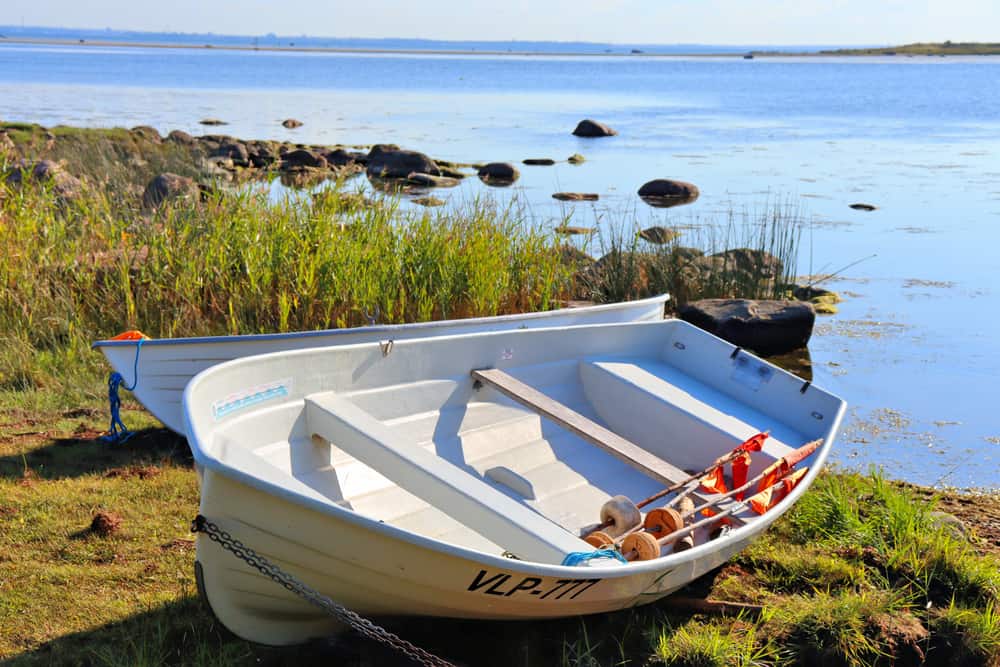
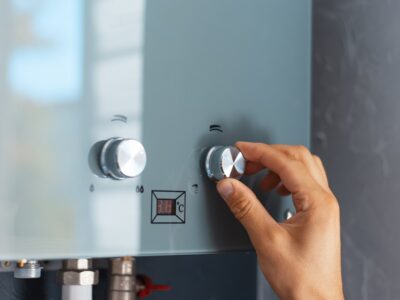
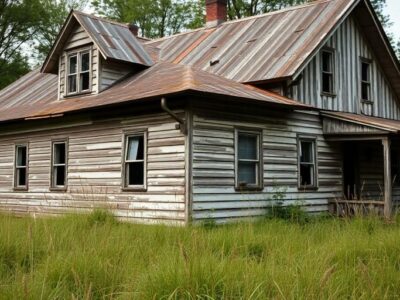

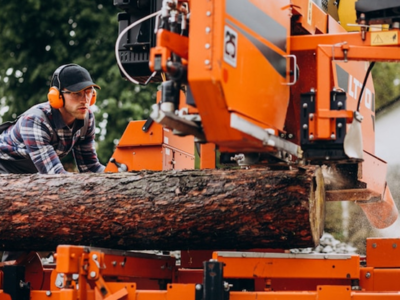
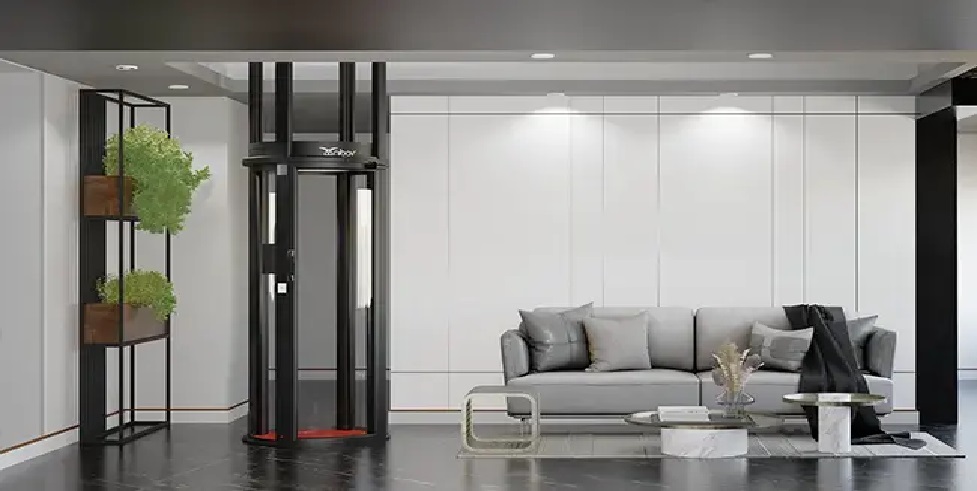
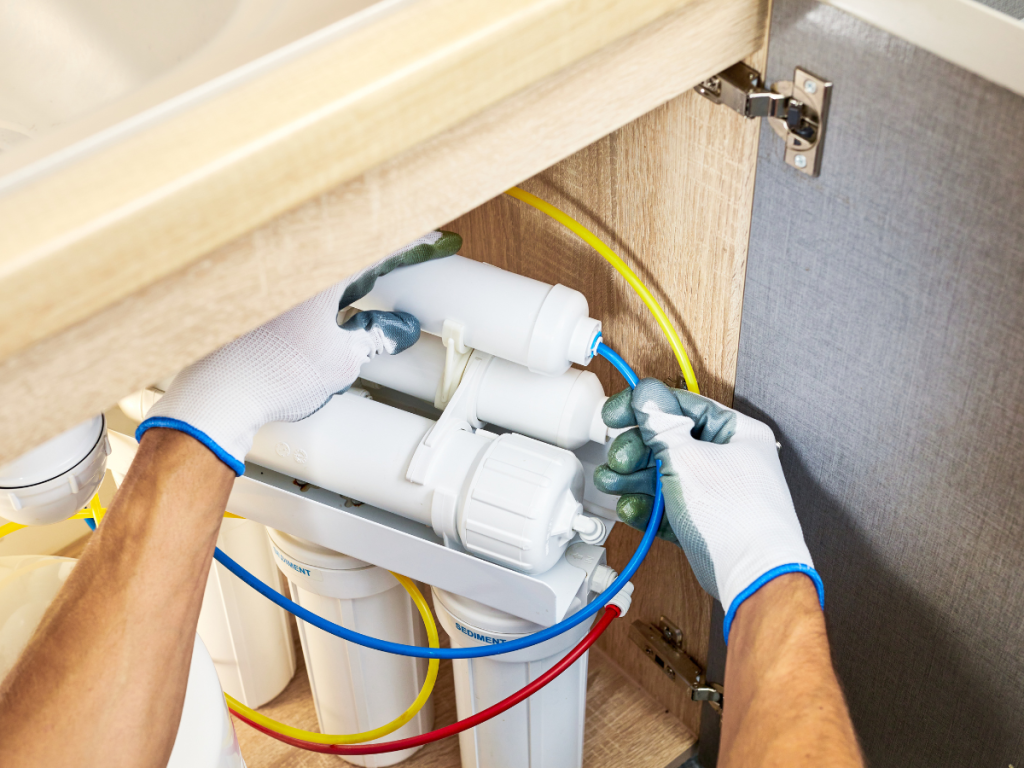
Comments